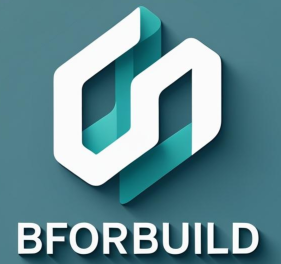My understanding of Scrum is that it isn’t just a process or checklist; it’s a lightweight framework for solving complex problems through collaboration, transparency, and continuous improvement. The Scrum Guide defines Scrum as: “a lightweight framework that helps people, teams, and organizations generate value through adaptive solutions for complex problems.” The framework is based on three pillars: transparency, inspection, and adaptation. Once I fully understood that, everything started making sense.
Transparency means everyone sees what’s happening, no hidden tickets, no mystery tasks. Then comes inspection; those regular check-points like Daily Scrum and Sprint Review to review progress and ensure everyone is aligned. Finally, adaptation; making adjustments based on what each team member discovered. These pillars aren’t optional and according to the Scrum Guide, if any of them are weak, the benefit of Scrum diminishes.
One of my biggest “light-bulb” moments came when I realized that Scrum isn’t about doing more work faster but’ it’s about delivering value more effectively. In practice, each Sprint typically takes two weeks and it’s a short cycle where the developers creates something usable. The Scrum Guide says a Sprint is “a fixed length event of one month or less to create consistency” where all Scrum events and work happen.
Then there are the roles. The Scrum Guide clearly states that the Scrum Team consists of one Product Owner, one Scrum Master, and Developers, no sub-teams or hierarchy. The Product Owner focuses on maximizing value and the Product Backlog. The Scrum Master helps the team learn and live Scrum. The Developers decide how to turn backlog items into usable increments. Seeing these roles in action helps me stop thinking of Scrum as rigid, and start seeing it as empowering.
I chose Scrum.org as my primary resource because it provides authoritative, practical, and up-to-date guidance directly from the creators of Scrum. Unlike many blogs or articles online, Scrum.org offers structured learning paths, official articles, and real-world examples that help bridge the gap between theory and practice. Their content emphasizes not just what Scrum is, but how to apply it effectively in real teams, which was crucial for my understanding. Additionally, Scrum.org aligns closely with the Scrum Guide, ensuring that the concepts, roles, events, and artifacts I learned are consistent with the official Scrum framework. Their resources are designed for learners at all levels, whether you’re new to Scrum or seeking advanced insights. For me, this combination of accuracy, clarity, and practical application made Scrum.org the ideal resource to finally grasp Scrum and see how it works in real-life projects. I didn’t just learn Scrum, I started living it. Today, when I talk about Scrum, I describe it as: a mindset of progress through collaboration and reflection.
Resources : https://scrumguides.org/scrum-guide.html, https://www.scrum.org
